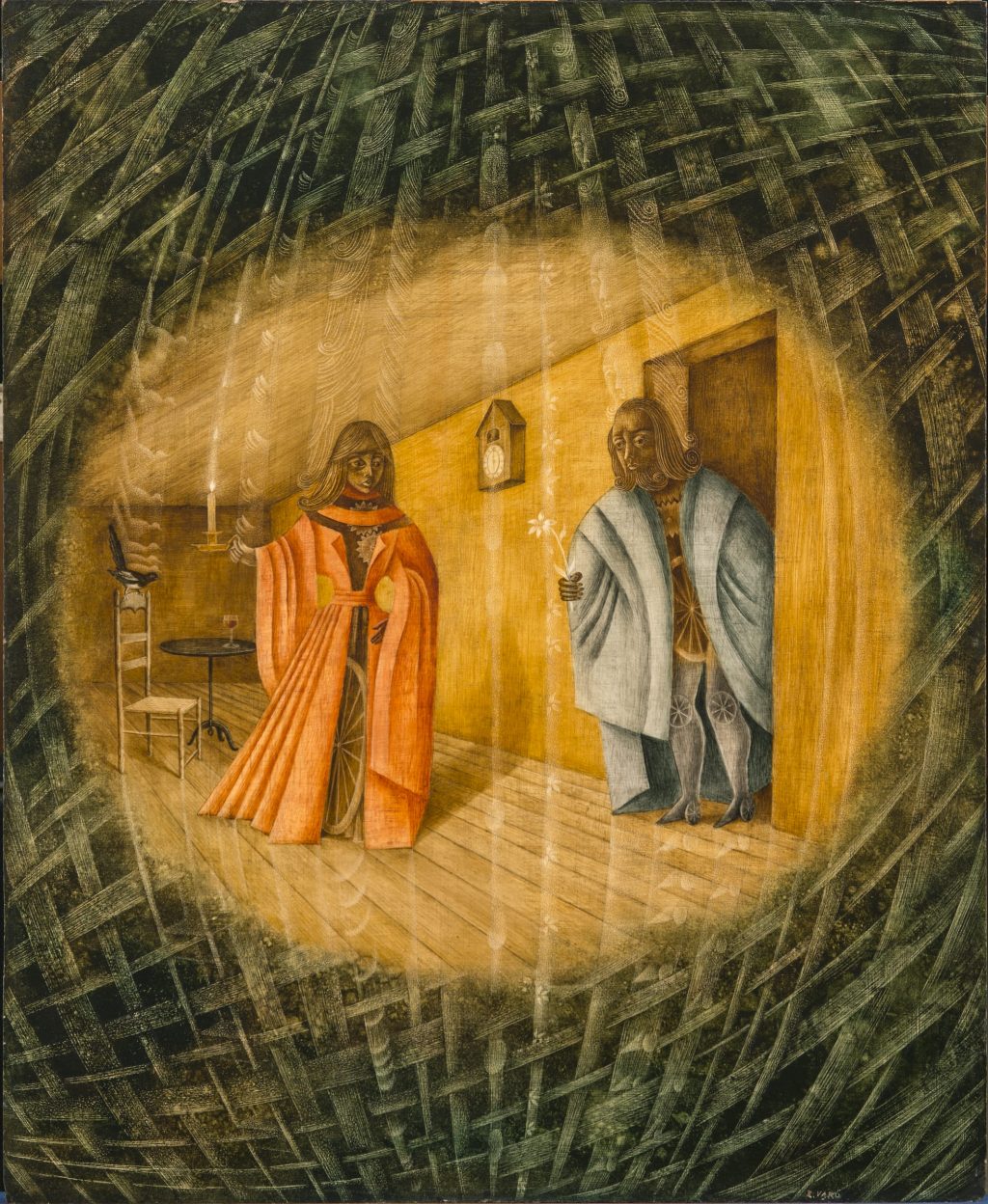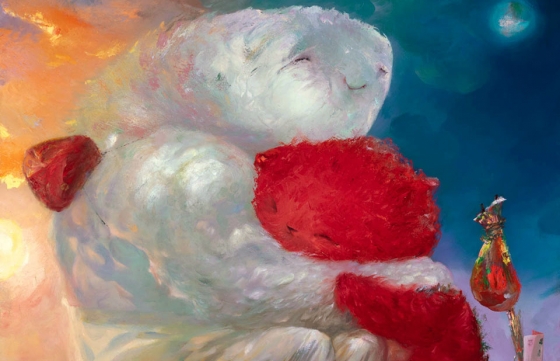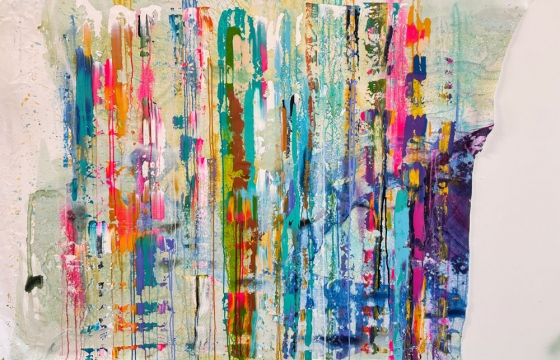

In a 1906 essay, psychiatrist Ernst Jentsch coined the term “uncanny,” or unheimlich, meaning “unhomely” or “not home-like” in German. He defined the psychological phenomenon as the experience of something new or unknown that might initially be interpreted negatively.
Austrian neurologist and founder of psychoanalysis Sigmund Freud popularized the word with the publication of his book The Uncanny in 1919, which elaborated on the idea as not just the sensation of the unknown but also something capable of bringing out other hidden or repressed elements. He even went so far as to describe the uncanny as frightening.

During the 20th century, the Surrealists often turned to the concept to build a sense of mystery or tension in their works. Meret Oppenheim, for instance, famously created a teacup lined with fur, simply titled “Object” (1936), widely regarded as an iconic example of the movement.
Oppenheim is one of more than two dozen artists whose work will appear in the National Museum of Women in the Arts’ forthcoming exhibition, Uncanny, featuring recent acquisitions and rarely shown pieces in NMWA’s collection, plus special loans.
More than 60 works by renowned figures of modern art history like Louise Bourgeois, Remedios Varo, and Leonora Carrington will be shown alongside the likes of contemporary artists like Shahzia Sikander, Laurie Simmons, and Gillian Wearing. The large-scale presentation is the first to approach the concept through a feminist lens, organizing works around themes of safety and surreal imaginings.
The show also plumbs the phenomenon of the “uncanny valley,” a term coined by robotics engineer Masahiro Mori in 1970 to describe the apprehension or discomfort one feels when confronted with something that is almost human but not quite, like video game characters that appear realistic yet still somehow seem “off.”

In Laurie Simmons’ “The Music of Regret IV” (1994), a female ventriloquist dummy sits in the center of a circle of six male dummy dolls, whose gazes are trained on her as she looked out into the distance. Tapping into a medium that has been used in the horror genre to instill a sense of creepiness or dread, Simmons’ central character is dramatically spotlit, her smile belying the reality that she is unsettlingly hemmed in.
Along the theme of safety, or specifically unsafe spaces, Fabiola Jean-Louis’s elaborately staged photographs tell two stories at once. The artist portrays “seemingly innocuous portraits of close acquaintances wearing elaborate period costumes typical of upper-class European women, while disturbing images of racial and sexual violence are hidden within the background or details of a dress, reminding the viewer of the lineage of violence,” says an exhibition statement.
Many works in the show address physical trauma or the body’s relationship to the unknown. Frida Orupabo’s photographic collages, for example, portray Black figures that evoke colonial histories, critiquing historical violence and injustices through a process of fragmenting, distorting, and multiplying body parts.
Orupabo’s compositions echo the surrealist collaborative practice of cadavre exquis, or exquisite corpse, in which participants add to elements others have drawn without being able to see their work, producing intuitive and peculiar drawings.

“The enigmatic, darkly humorous and psychologically tense artworks in Uncanny give form to women artists’ powerful expressions of existential unease,” said NMWA Associate Curator Orin Zahra, who organized the exhibition. She continues:
Rather than comfort and soothe, these ghostly and fantastical figures haunt the unconscious. Instead of picturesque images, artists offer disquieting spaces that unsettle the viewer. In focusing on the ambiguity between reality and fiction, artists explore increasingly blurred lines between the artificial and eerily human.
Uncanny opens February 28 and continues through August 10 in Washington, D.C., highlighting painting, sculpture, photography, works on paper, and video made between 1954 and 2022. Learn more and plan your visit on the museum’s website.







Do stories and artists like this matter to you? Become a Colossal Member today and support independent arts publishing for as little as $7 per month. The article From Remedios Varo to Laurie Simmons, a New Exhibition Forwards a Feminist View of the Uncanny appeared first on Colossal.






